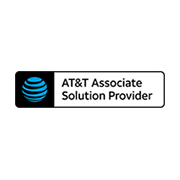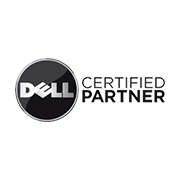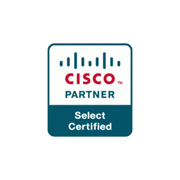Mark your calendars for April 9, 2024
The second Tuesday of April marks Identity Management Day — a day dedicated to raising awareness about the importance of safeguarding your digital identity. But what exactly is identity management, and why do we need a whole day for it? In a world where our lives are increasingly navigated through digital apps and online accounts, understanding and managing our online identities has become paramount.
What is identity management?
So, what is identity management? Simply put, it’s the practice of ensuring that only authorized individuals have access to your sensitive information and online accounts. This encompasses everything from protecting your passwords to being vigilant against phishing scams and online fraud. But why dedicate an entire day to this? The answer lies in the ever-evolving landscape of cybersecurity threats. Cybercriminals are constantly devising new ways to steal personal information and exploit vulnerabilities in our digital lives. Identity Management Day serves as a reminder that protecting our identities isn’t just a one-time task — it’s an ongoing commitment that requires vigilance and proactive measures all year round.
10 tips to keep your identity safe online
Here are some practical tips to help you keep your identity safe online:
- Get the latest anti-virus software
Investing in reliable anti-virus software is like putting a protective shield around your devices, such as your PCs, Macs, mobile devices, Chromebooks, and tablets. Make sure to keep it updated to guard against the latest threats.
- Update your Internet browser
Browser updates often contain security patches that address known vulnerabilities. Don’t ignore those update prompts — they could be the key to keeping your identity and online activities secure.
- Create strong passwords and use different ones for each account
This may seem like a hassle, but it’s one of the most effective ways to thwart cyberattacks. Use a combination of letters, numbers, and special characters, and consider using a reputable password manager to securely keep track of them.
- Be careful about using public Wi-Fi
Public Wi-Fi networks — hotspots in coffee shops, malls, airports, hotels, and other places — are convenient. But they can also be a breeding ground for hackers. Make sure your connection is encrypted by looking for the padlock symbol or “https” in the address bar to the left of the website address. And avoid accessing sensitive information or making financial transactions while connected to public Wi-Fi.
- Use a VPN to browse privately
A virtual private network (VPN) enhances your online privacy and helps keep your identity safe. By encrypting your internet connection and masking your IP address, a good VPN shields your online activities from prying eyes, hackers, and nosy advertisers.
- Don’t let your browser remember your login details
While convenient, allowing your browser to remember passwords puts your accounts at risk if your device falls into the wrong hands. Instead, enter your credentials each time for added security.
- Learn to spot fake emails and websites
Fake emails like phishing scams are a common tactic used by cybercriminals to trick unsuspecting individuals into divulging sensitive information. Be wary of unsolicited emails or unfamiliar websites, and never click on suspicious links or attachments. For SMBs, fostering a culture where your employees become your strongest security allies is essential. Offer security awareness training to help them recognize and avoid potential threats.
- Avoid online fraud and con tricks
If something seems too good to be true, it probably is. Exercise caution when sharing personal or financial information online and be skeptical of offers that promise unrealistic rewards or benefits. You should also be cautious about the personal information you share on social media. Remember, fraudsters can potentially exploit your posts to compromise your identity. Read 7 Cyber Safety Tips for more guidance on how to spot these fake offers.
For small businesses, you’ll want to safeguard your own data and that of your customers. In addition to ensuring that your employees adopt to the above eight tips, here are two important tips for you to advance your company’s identity management efforts:
- Prioritize vulnerability assessments
Conduct regular vulnerability assessments to identify potential weaknesses in your company’s security infrastructure, including endpoints such as your computers, laptops, and mobile devices. By proactively addressing these vulnerabilities and implementing robust endpoint protection and policies, you can significantly reduce the risk of unauthorized access to sensitive information.
- Get to know what data you have, what’s sensitive, and protect it
Understanding the types of data your business collects, stores, and processes is essential for effective identity management. Identify sensitive information such as customer payment details or personal identifiers and implement appropriate safeguards to protect it from unauthorized access or misuse. Doing so is a sound business practice and also aids in meeting regulatory standards, if applicable to your business.
By staying informed, adopting best practices, and leveraging available resources, we can all play a part in creating a safer online environment for ourselves and others.
For those looking for additional support in managing their digital identities, consider exploring reputable cybersecurity solutions such as Webroot, which offers a range of products designed to keep your information secure. You can also check out the National Cybersecurity Alliance for ways you can get involved in Identity Management Day. Remember, protecting your identity is not just a one-day affair — it’s a continuous effort that requires diligence and awareness.
The post Protecting Your Digital Identity: Celebrating Identity Management Day appeared first on Webroot Blog.





















